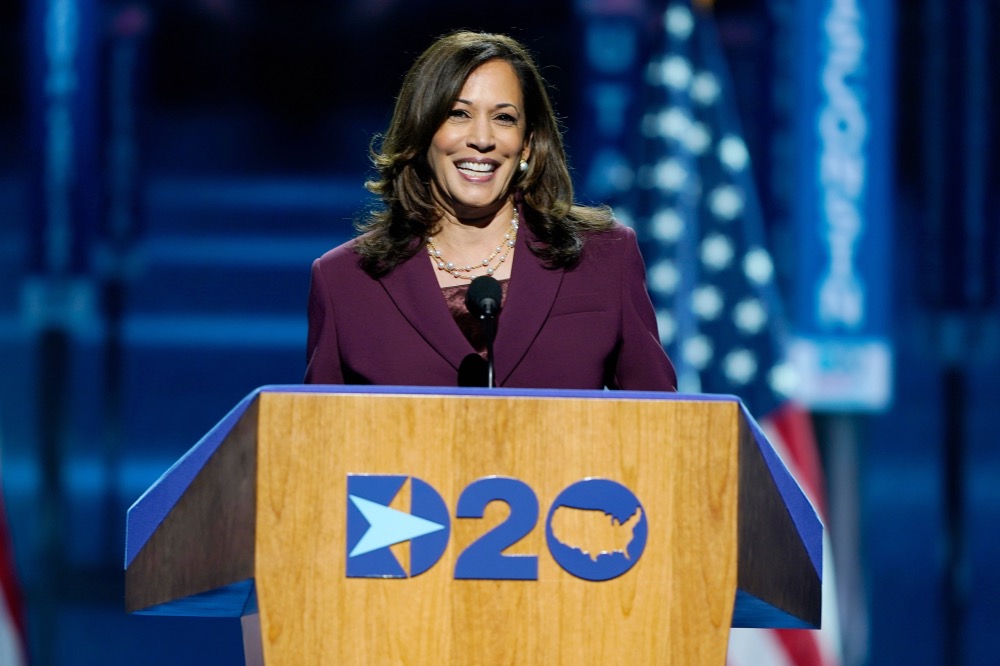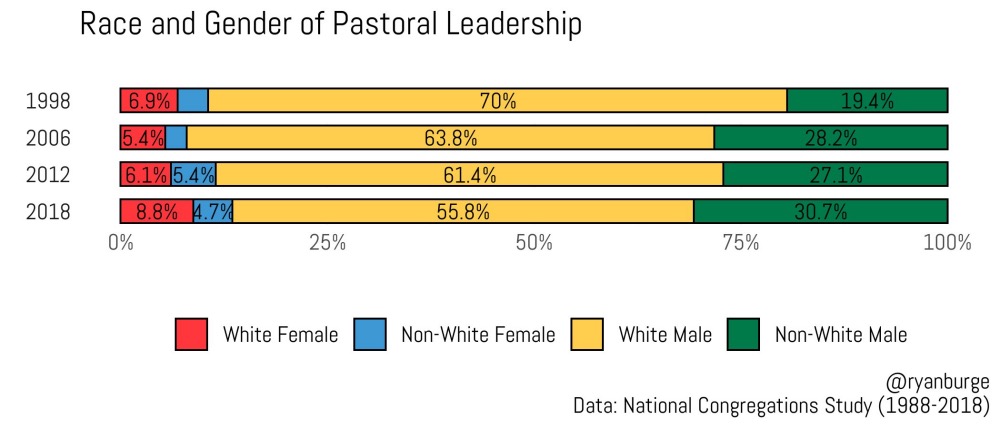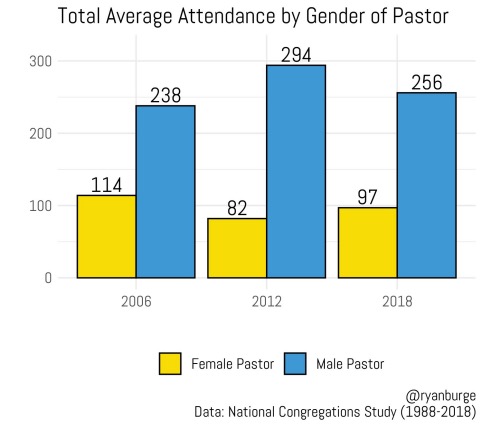
In an article first published on Religion News Service, RYAN BURGE, assistant professor of political science at Eastern Illinois University, looks at the slow pace of change when it comes to the leadership of women in churches…
One of the most important stories coming out of the 2020 presidential election is that the United States will soon swear in its first female vice president.
Vice President-elect Kamala Harris noted this in her victory speech on 7th November, when she said, “But while I may be the first woman in this office, I won’t be the last. Because every little girl watching tonight sees that this is a country of possibilities.”
While women are changing the world of electoral politics, however, their progress in the world of religion is downright glacial.

Then Democratic vice presidential candidate Senator Kamala Harris speaks during the third day of the Democratic National Convention, on Wednesday, 19th August, at the Chase Center in Wilmington, Delaware. PICTURE: AP Photo/Carolyn Kaster/File photo.
The National Congregations Study, hosted by the Association of Religion Data Archives, is one of the most valuable tools for sociologists of religion because the survey measures not individuals but congregations. First commissioned in 1998, the data gives researchers the ability to track the change in the life of the average church community over the last two decades.
The study also captures well just how bleak the picture is for women moving into leadership roles in Christian churches.
“Fewer than one in seven churches were led by a woman in 2018.”
In 1998, one in 10 Christian churches in the survey indicated that a woman was the pastor or otherwise led their congregation. Eight years later, that had dropped to just eight per cent. In 2012, that rose to 11 per cent and six years years later was at 13.5 per cent.
Put another way, fewer than one in seven churches were led by a woman in 2018.
Comparing gender equity in the pulpit versus the halls of Congress brings this lag into sharper contrast. In 1998, 4.6 per cent of members of Congress were women; that share quadrupled to 23.5 per cent in 2020. For women in the pastorate, there’s been essentially no change.

Adding race to the equation paints a more nuanced picture of Christian leadership in the United States.
In 1998, seven in 10 churches were led by a white male pastor. Seven per cent of churches were led by a white woman, meanwhile, and three per cent by a woman of colour. In the next eight years, some significant shifts occurred. Specifically, the share of churches led by white men declined six per cent, but the share of women pastors dropped overall, as well.
By 2018, 55 per cent of churches were led by white males; three in 10 were led by men of colour. That left just 13 per cent led by women, with white female pastors outnumbering nonwhite women two-to-one.
A D V E R T I S E M E N T
{subscriber-ad}
And, the data clearly indicates that when women are called to lead a congregation, those churches are often smaller than those led by their male counterparts.
In 2006, the average church led by a woman had 114 worshippers, less than half the size of churches led by men. In subsequent waves of the National Congregations Study, that gap only widens. In 2018, male-led congregations were nearly three times the size of those led by women.

These results are no different than those uncovered by a group of scholars in 1998 when they concluded that women who lead churches are often tasked with leading smaller, poorer and more rural congregations, while being compensated less for their efforts.
If there’s any positive data about women church leaders, it’s the fact that other scholarship has indicated that support for women preaching from the pulpit is incredibly robust among evangelical survey respondents.
While the fight for gender equality has led to tremendous successes in just the last few years in a variety of facets of American society, capped by the election of Kamala Harris, the stained-glass ceiling is just as thick and impenetrable as it was two decades ago.
As evangelicals struggle to retain the younger generation, who overwhelmingly favour female pastors, one must wonder when the occupants of pulpits will more accurately represent the occupants of the pews.
Ryan Burge is an assistant professor of political science at Eastern Illinois University and a pastor in the American Baptist Church. He can be reached on Twitter at @ryanburge.
This article was produced in collaboration with the Association of Religion Data Archives.





